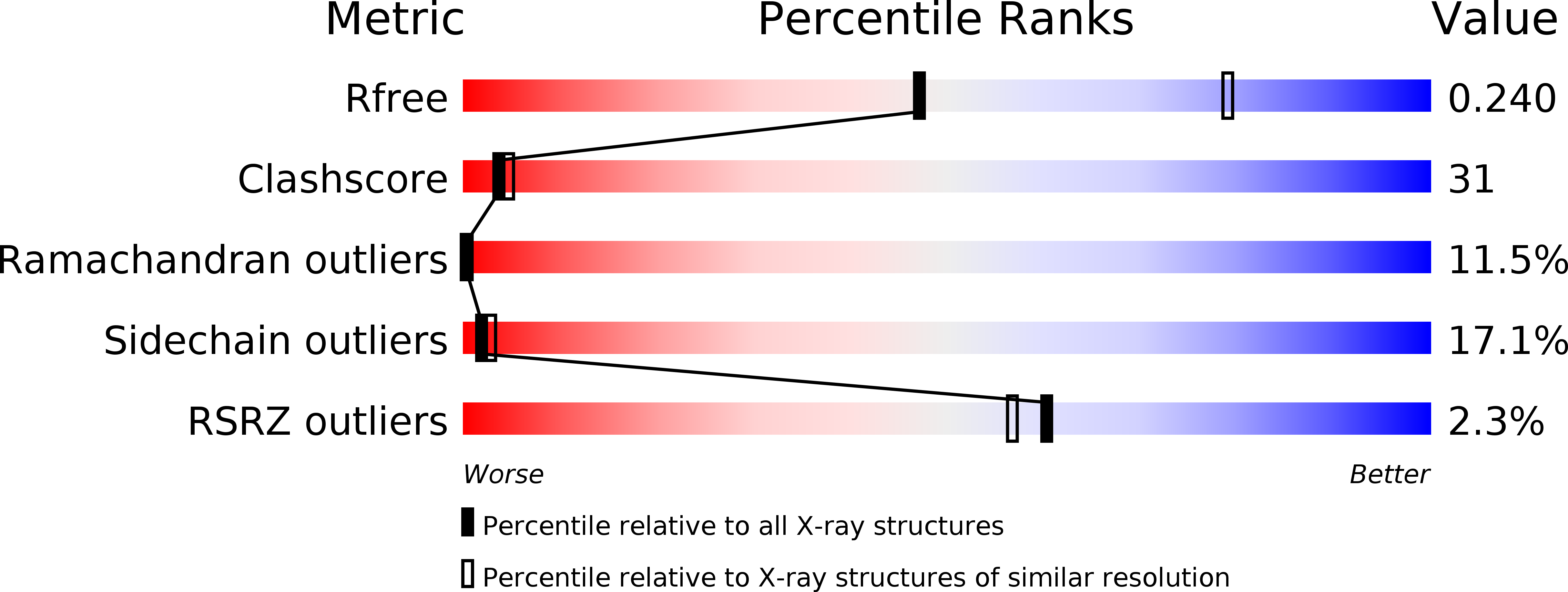
Deposition Date
2012-05-09
Release Date
2013-05-15
Last Version Date
2024-11-13
Entry Detail
PDB ID:
4F37
Keywords:
Title:
Structure of the tethered N-terminus of Alzheimer's disease A peptide
Biological Source:
Source Organism:
Mus musculus (Taxon ID: 10090)
Escherichia coli (Taxon ID: 562)
Escherichia coli (Taxon ID: 562)
Method Details:
Experimental Method:
Resolution:
2.57 Å
R-Value Free:
0.26
R-Value Work:
0.22
R-Value Observed:
0.22
Space Group:
P 1


